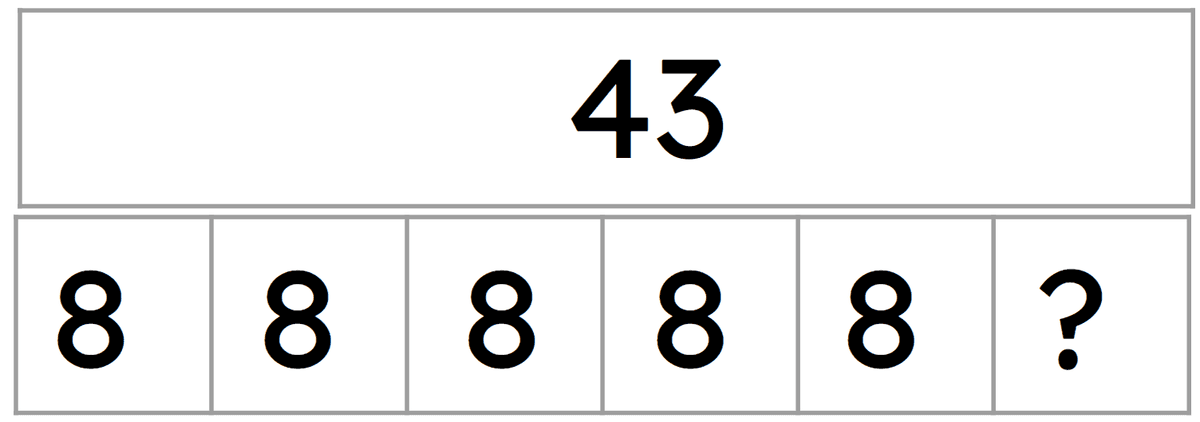Myths about teaching can hold you back
- Year 4
Solve division problems involving sharing, including those with remainders
I can solve division problems involving sharing, sometimes with remainders.
- Year 4
Solve division problems involving sharing, including those with remainders
I can solve division problems involving sharing, sometimes with remainders.
These resources will be removed by end of Summer Term 2025.
Switch to our new teaching resources now - designed by teachers and leading subject experts, and tested in classrooms.
These resources were created for remote use during the pandemic and are not designed for classroom teaching.
Lesson details
Key learning points
- Objects can be divided equally between groups, sometimes with a remainder.
- When objects are divided equally between groups, it is called sharing.
- Multiplication and addition equations or division equations can be used to represent sharing with a remainder.
- Multiplication facts can be used to solve sharing problems.
Keywords
Sharing - Sharing is when a whole amount is split into equal parts or groups. We know the total number of objects and the number of parts it is split into, but we don't know how many are in each part.
Division - Division is splitting into equal parts or groups.
Remainder - A remainder is the amount left over after division when the dividend does not divide exactly by the divisor.
Common misconception
When faced with a bar model showing for example 5 parts, children often want to write a 5 in each part as they misunderstand how the grouping in fives relates to a sharing context.
Imagine arrays beneath the five parts of the bar model to secure understanding that the five parts represent five groups of ___ / the number of groups we are sharing between. Physically share a group of objects into these parts at any one time.
To help you plan your year 4 maths lesson on: Solve division problems involving sharing, including those with remainders, download all teaching resources for free and adapt to suit your pupils' needs...
To help you plan your year 4 maths lesson on: Solve division problems involving sharing, including those with remainders, download all teaching resources for free and adapt to suit your pupils' needs.
The starter quiz will activate and check your pupils' prior knowledge, with versions available both with and without answers in PDF format.
We use learning cycles to break down learning into key concepts or ideas linked to the learning outcome. Each learning cycle features explanations with checks for understanding and practice tasks with feedback. All of this is found in our slide decks, ready for you to download and edit. The practice tasks are also available as printable worksheets and some lessons have additional materials with extra material you might need for teaching the lesson.
The assessment exit quiz will test your pupils' understanding of the key learning points.
Our video is a tool for planning, showing how other teachers might teach the lesson, offering helpful tips, modelled explanations and inspiration for your own delivery in the classroom. Plus, you can set it as homework or revision for pupils and keep their learning on track by sharing an online pupil version of this lesson.
Explore more key stage 2 maths lessons from the Division with remainders unit, dive into the full primary maths curriculum, or learn more about lesson planning.

Licence
Prior knowledge starter quiz
6 Questions
Q1.Look at the division equation. Match the numbers to the description.

the dividend
the divisor
the quotient
Q2.Look at the division and multiplication equations. What number is missing from both?
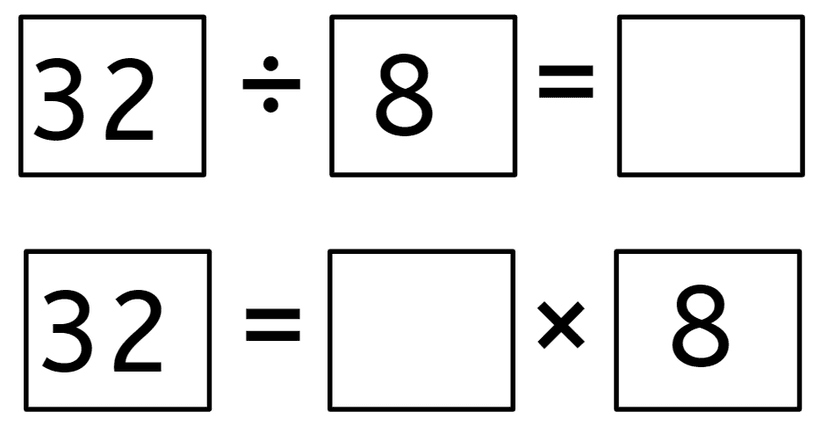
Q3.Look at this number line for 22 ÷ 4 What is the remainder?

Q4.Look at the bar model. Which equations does it represent?
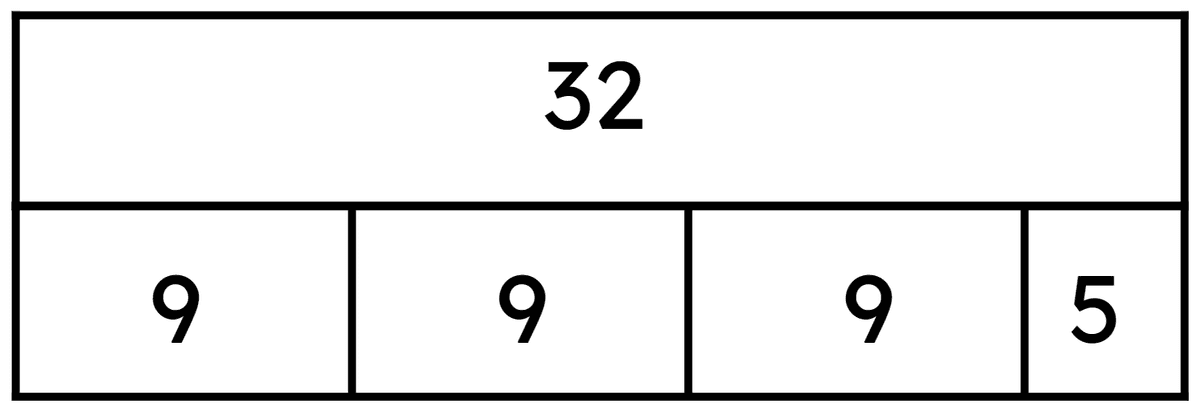
Q5.What is the remainder when 46 books are shared between 8 shelves? 46 ÷ 8 = 5 r
Q6.Use your multiplication facts to divide by sharing. 45 ÷ 6 = r 3
Assessment exit quiz
6 Questions
Q1.Jun is dividing cookies by sharing them between 5 bags. In this problem, 5 is the __________
Q2.What is the missing dividend in this bar model?
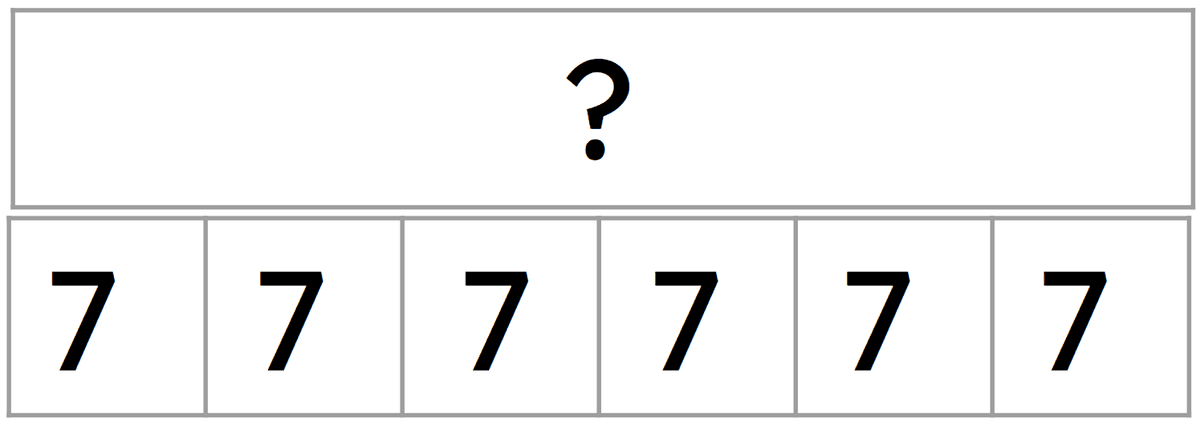
Q3.Which bar model represents this problem? Sophia has 32 cookies and she divides them between 4 bags. How many cookies are in each bag?
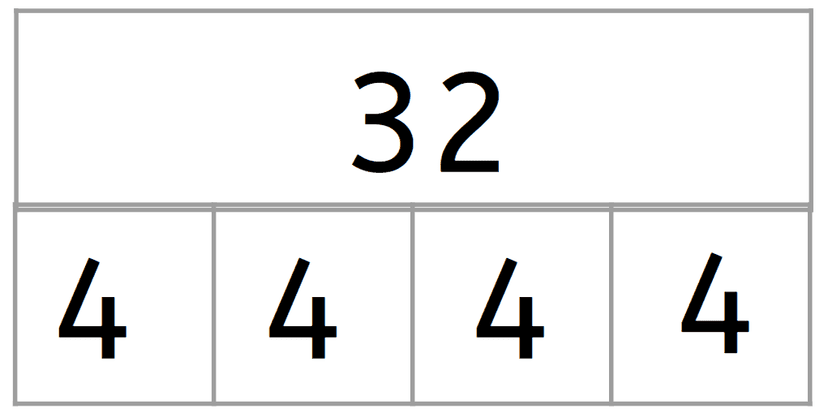
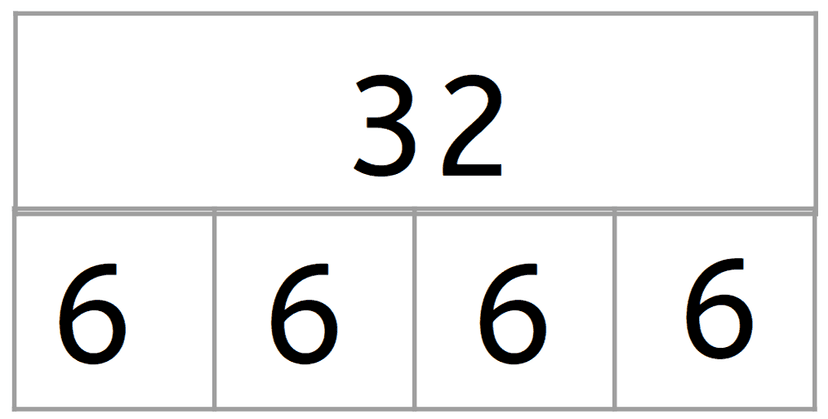
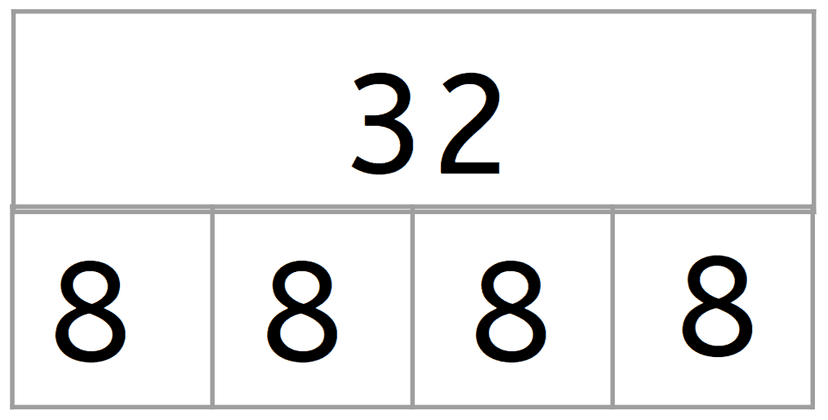
Q4.Alex divides 54 eggs between 9 boxes. There are eggs in each box.
Q5.Jun has 43 apples and he divides them between 5 bags. How many apples will be left over? There will be apples left over.
